There are two views on the origin of the word curry. First, curry comes from the Hindi name kadahi or karahi (कड़ाही), a deep, circular pan in Pakistan and India, commonly used to fry meat, potatoes, sweets or light dishes such as samosas and some stews. Second, curry is a translation of the English word curry, and curry comes from the word kari (கறி) in Tamil, a Dravidian language spoken in the Indian state of Tamil Nadu and the union territory of Puducherry.
In our opinion, curry does not originate from the Hindi word karahi (कड़ाही), because the term curry is usually used to refer to dishes with curry powder (a mixture of spices) and not to the pan used to prepare the food. In addition, in Vietnamese, the term curry does not originate from the English word curry, but from the French word curry or cari. For example, since the end of the 19th century, the word curry has appeared on page 135 of the book Manuel de conversation Franco - Tonkinois (Book of Conversations in Phalangsa and Annamese) by two missionaries Bon (Co Ban) and Dronet (Co An), published by Imprimerie de la Mission in 1889.
However, it should be acknowledged that the word curry or cari in French is borrowed from English, while curry in English is the word used to mean "sauce" or "seasoning for rice", made from the leaves of the curry plant (Bergera koenigii; synonym: Murraya koenigii). This term was coined by the British in the mid-17th century, originating from members of the East India Company during the period of trade with the Tamils in India.
There is evidence that the English word curry is derived from the Tamil word kari (கறி). Kari (கறி) is a polysemous word, it can mean "a spice mixture with fish, meat or vegetables, eaten with rice"; or "pepper" in the Tamil Sangha (சங்கநூல்களி) scriptures. As a verb, kari (கறி) has 3 meanings: a. Chew, eat by biting; b. Raw or boiled vegetables; c. Boiled or raw meat.
In Tamil, the name curry leaves is kari-vempu (கறிவேம்பு), also known as kariveppilai (கறிவேப்பிலை) and karu-veppilai (கருவேப்பிலை); The tree's name is Murraya koenigii (முறயா கொயிங்கீ).
In India, there are many dishes called curries, which are usually divided into two categories: vegetarian (made from vegetables, plants, vines, etc.) and non-vegetarian (made from meat, fish). In Tamil, the names of curries vary according to the method of preparation, such as vatakkal (வதக்கல்) when cooked in oil; poriyal (பொறியல்) when cooked with boiled lentils; puḷikkari (புளிக்கறி) when cooked with tamarind, uzili (உசிலி) when prepared with equal amounts of ground nuts and lentil flour; Also known as maciyal (மசியல்) when boiled lentils are mixed with tamarind…
There are many curries in the world (dry or wet), with a variety of spices. In Vietnam, curry is often made from coconut milk, potatoes, vegetables, tubers and meat... Vietnamese people often eat it with bread, noodles or rice.
Today, the English term curry has become popular all over the world, the Japanese borrowed it and called it karē (カレー), the Koreans called it keoli (커리), and the Chinese called it gālí (咖哩)… This term has been imported back to South Asian countries, and is also understood in the same way as the British. However, in India, the term kari (கறி) now also refers to many different side dishes, such as gravy, pretzels, dal (especially lentils), spinach, fish curry and is often eaten with rice.
Source link


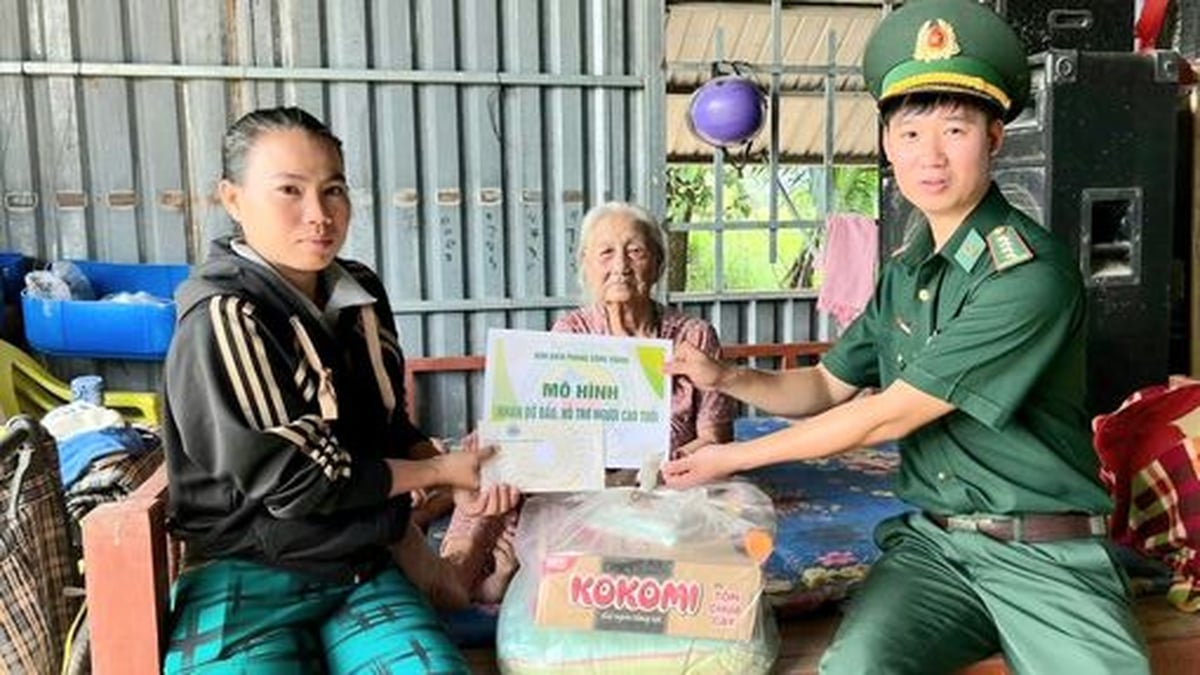
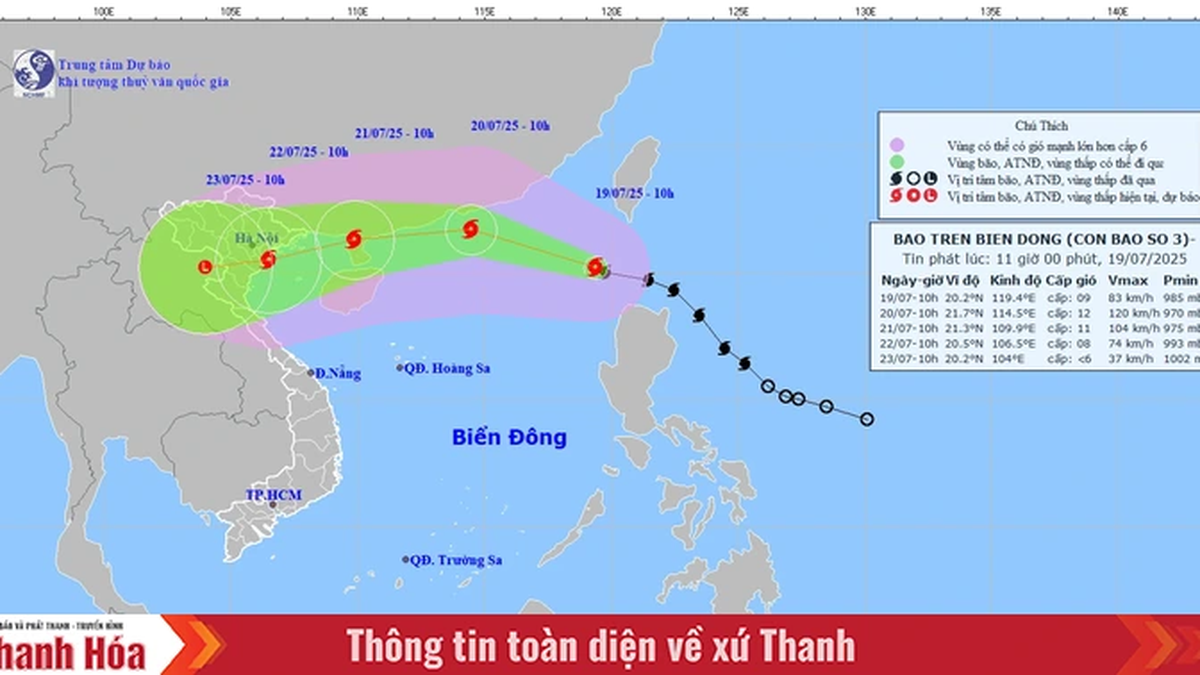

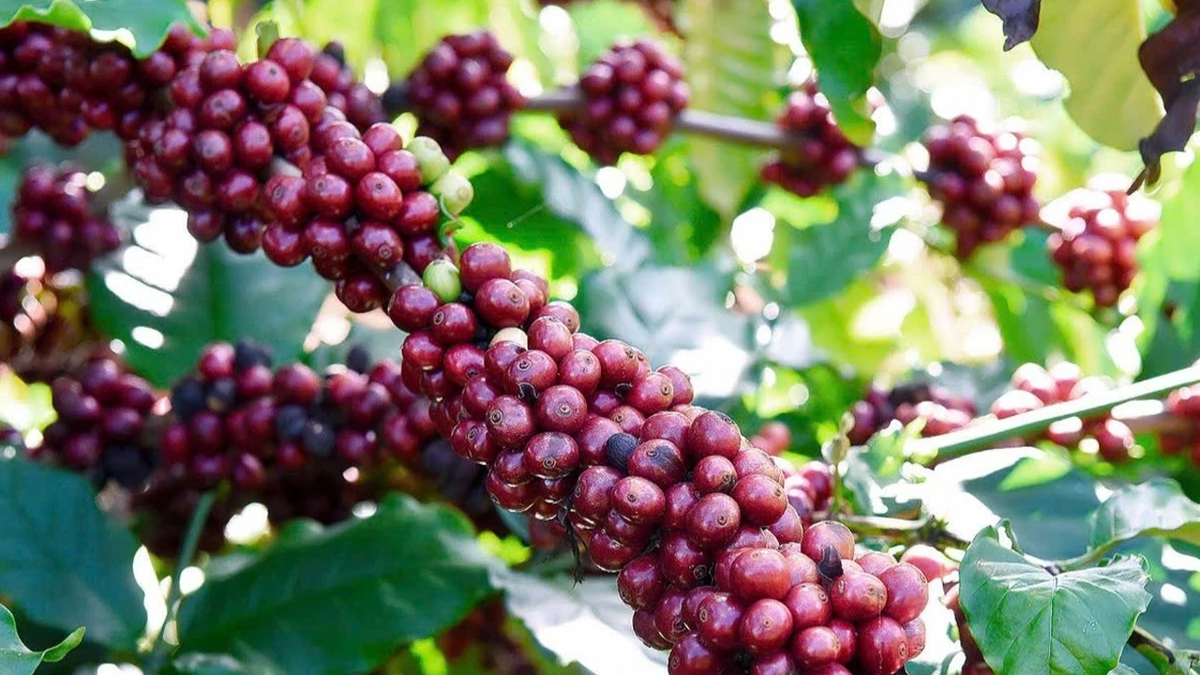
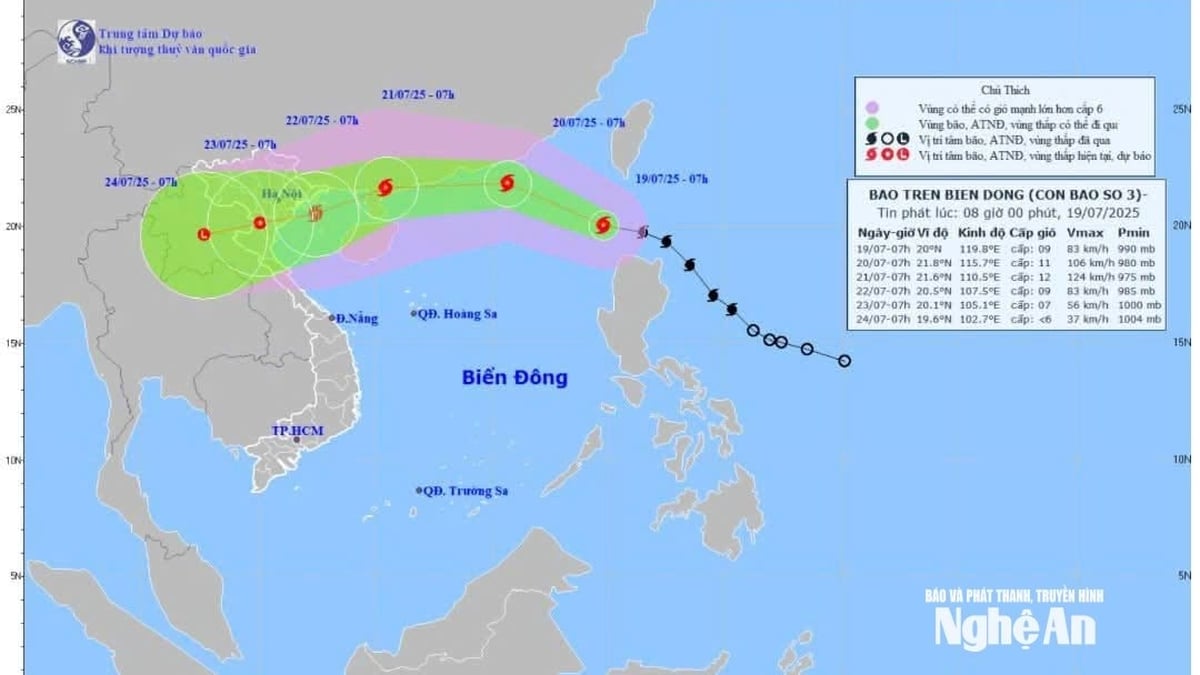



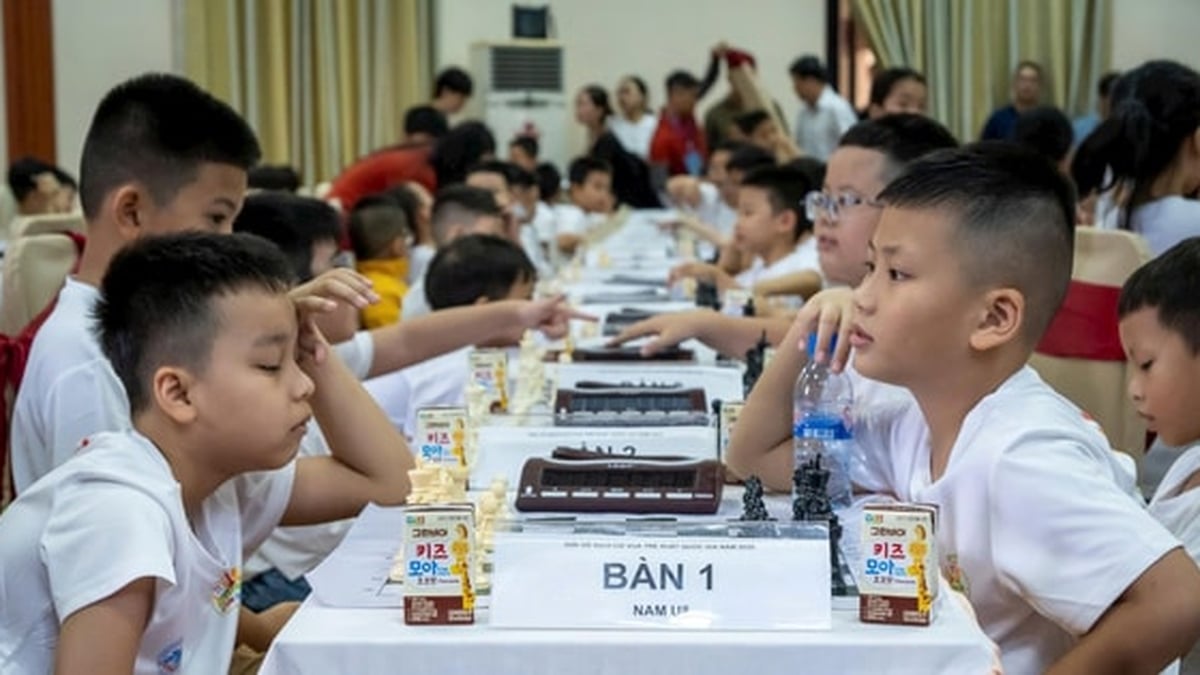
























































































Comment (0)